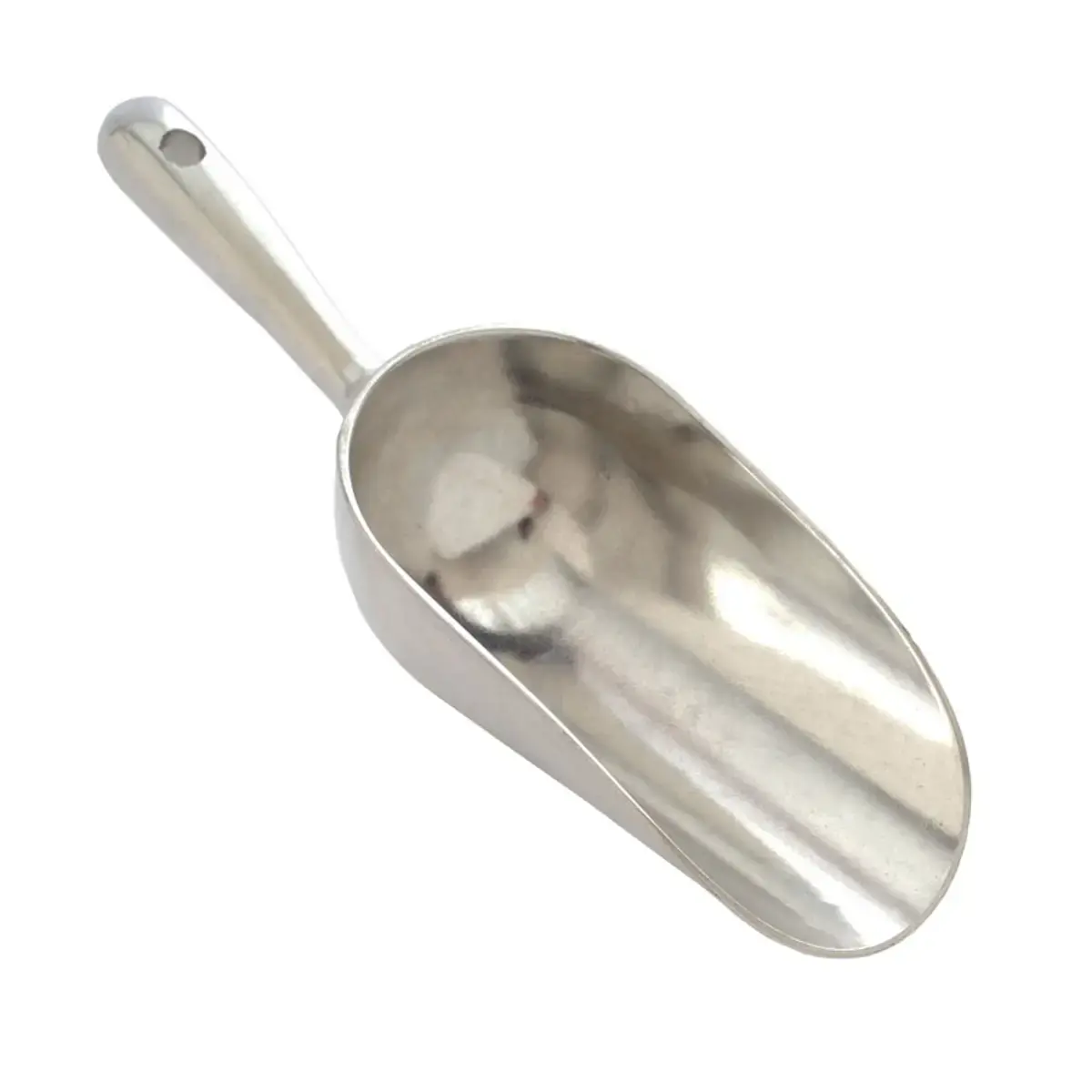As someone who does R&D testing on plastics that are used in medical devices, I have some insight. Of course the type of plastic matters, but all plastics use carcinogenic chemicals during the manufacturing/extrusion process.
To make most plastic, a polymer resin is mixed with additives such as solvents, plasticizers, and stabilizers at high temperatures. Ideally, you want the additives to evaporate out during production so that you’re left with just the newly formed plastic.
But some of these additives get trapped in tiny air pockets between polymer chains. When they’re reheated, the polymer chains relax and release the volatile, carcinogenic additives into the air.
This is likely where the toxicity is coming from, not the polymer chain itself. So regardless of the type of plastic used, reheating the polymer during 3D printing will release some volatile additives.
Comments like this is why I come to Red…Lemmy.

Man, how much of a pain must it be to shave around those giant moles every day?
Just make a tape mask around the mole and apply hydrochloric acid with a cue tip. That mole is good as gone!
Then again his days included shaving & going to the pub (the same spot), so prob time wasn’t that much of an issue.
The hunt for red lemmytober
tl;dr maybe don’t sleep where you print
Does this mean that 3D printing causes cancer? No, not by a long shot. But, it’s clear that under lab conditions, exposure to either PLA or ABS particulates seems to be related to some of the cell changes associated with carcinogenesis.
Dang, my nightstand printer is such a great white noise generator too. ;p
You joke but…

Bro wth I have my printer in my room. I print pla. Fucking hell I gotta move this thing somewhere else.
You could make an enclosure. You’ll get better prints too
Even then it’s safer than playing with rocks it seems.
Also, don’t shit where you eat.
There was that video from a few months ago from… Prints with layers I think? That looked at the actual particulate and volatile counts and found that PLA actually gave off very little? Other plastics were much worse.
So remember that the particle counts matter as much as the danger of the particles.
(Disclaimer, that was a video, not a peer reviewed scientific paper)
Made with Layers (Thomas Sanladerer)
There was also a video a while back from one maker channel where the guy said that he got some type of nasty poisoning from breathing in fumes from ABS printing. Fortunately ABS isn’t as popular of a material as it once was, now that there are better alternatives, but I’m sure many of them still put out some nasty fumes.
I misread the headline. I thought 3D printers were evolving into crabs.
As is tradition.
Printing using PLA in the basement, with a filter, not being in the room until the print is actually done. I feel pretty safe.
Yeah but what about your gimp?
I do have the latest gimp installed! Thanks for asking! Gimp.org everyone!
I wonder when the government will control water washable print resins.
What does this all mean to the home gamer?
Oooook……
Plot twist!
This took an interesting turn!
Wow who would have thunk the chemicals getting dumped into the environment by the fucking oil industries could be dangerouse. There are a million 3d printing materials u can use and have decent extraction and ur fine. Guy u need to be scared 3d printers might give the consumer too much power, cant have foss technology winning out.
FDM plastic often uses PLA, which is derived from corn starch, not petroleum.
So this is just propaganda.
deleted by creator
You have a bad understanding of science.
Plastic is a very broad term for materials made from synthetic polymers
…Do you not think corn can be turned into a carcinogen?
deleted by creator
Okay buddy ya wanna get specific? Let’s get specific. Sea creatures are made up of protons and neutrons. So was Hitler. Coincidence??? Checkmate? Nah we aren’t done yet buddy.
What are protons and neutrons made up of? Quarks! You know what else is made up of quarks? My average sized penis.
Do you think my penis is considered safe? What about sea creatures? I think you have a lot of research work to do in physics and polymers.
you have given me a lot to think about
An average sized amount to think about.
I would say it’s actually only a small amount to think about.
What are protons and neutrons made up of? Quarks! You know what else is made up of quarks? My average sized penis.
I have no horse in this race but this shit made me ugly laugh.
You’re not wrong, but the idea that “plant based” is “safe” isn’t right either. Plants can create all kinds of horribly toxic, carcinogenic compounds – especially when burned or heated.
Wood smoke of all things is mildly carcinogenic and we cook our food with it.
If you had read my comment, you’d see that I never said nor insinuated that PLA was safe. I specified it differed from petroleum.
Petroleum comes from crude oil. Crude oil is the remains of the first forests. Where did you get this idea that it comes from sea creatures?
Coal is from forests. Oil is from photosynthetic aquatic life.
You’re both wrong, but you’re half right. I don’t understand how the ancient forest guy got the upvotes, because he’s completely wrong.
Phytoplankton are microscopic plants that, just like plants that live on land, require access to the sun to survive through the process of photosynthesis (turning sunlight into energy using chlorophyll).
Zooplankton are microscopic animals that feed upon phytoplankton to survive.
These tiny creatures do not have very long lifespans (a few weeks at most), so they are reproducing and dying at a very rapid rate. When these microscopic creatures die, they sink to the floor of the ocean.
Over time, the plankton are buried and mixed underneath layers of sand, silt, and rock. This process has occurred since these creatures evolved over 1 billion years ago and continues to this day…
https://bkvenergy.com/learning-center/where-does-oil-come-from/
Coal is from ancient forests but of a different age (400 million years ago) and it also required wetlands and aquatic life. There was for sure an element of micro life that was involved but photosynthetic aquatic life is only a factor, its not really known exactly what exact factors are determined except time heat and pressure. It would be more accurate to say that zooplankton, algae, and bacteria are what made crude oil.
https://en.wikipedia.org/wiki/Petroleum#Formation
https://en.wikipedia.org/wiki/Carboniferous
What do you do with all the time you save by writing ‘u’ instead of ‘you’? You must live a life of leisure and be early for every event!
Thyounk
Ur mother
You are mother? U r not making yourself very clear here
https://en.m.wiktionary.org/wiki/ur-
They probably meant “Ur-mother”, or the proto/original mother, aka the Earth.
U R

I can’t even tell what you’re mad about
u
Slow down, spend the half-second, and use all the right letters.















